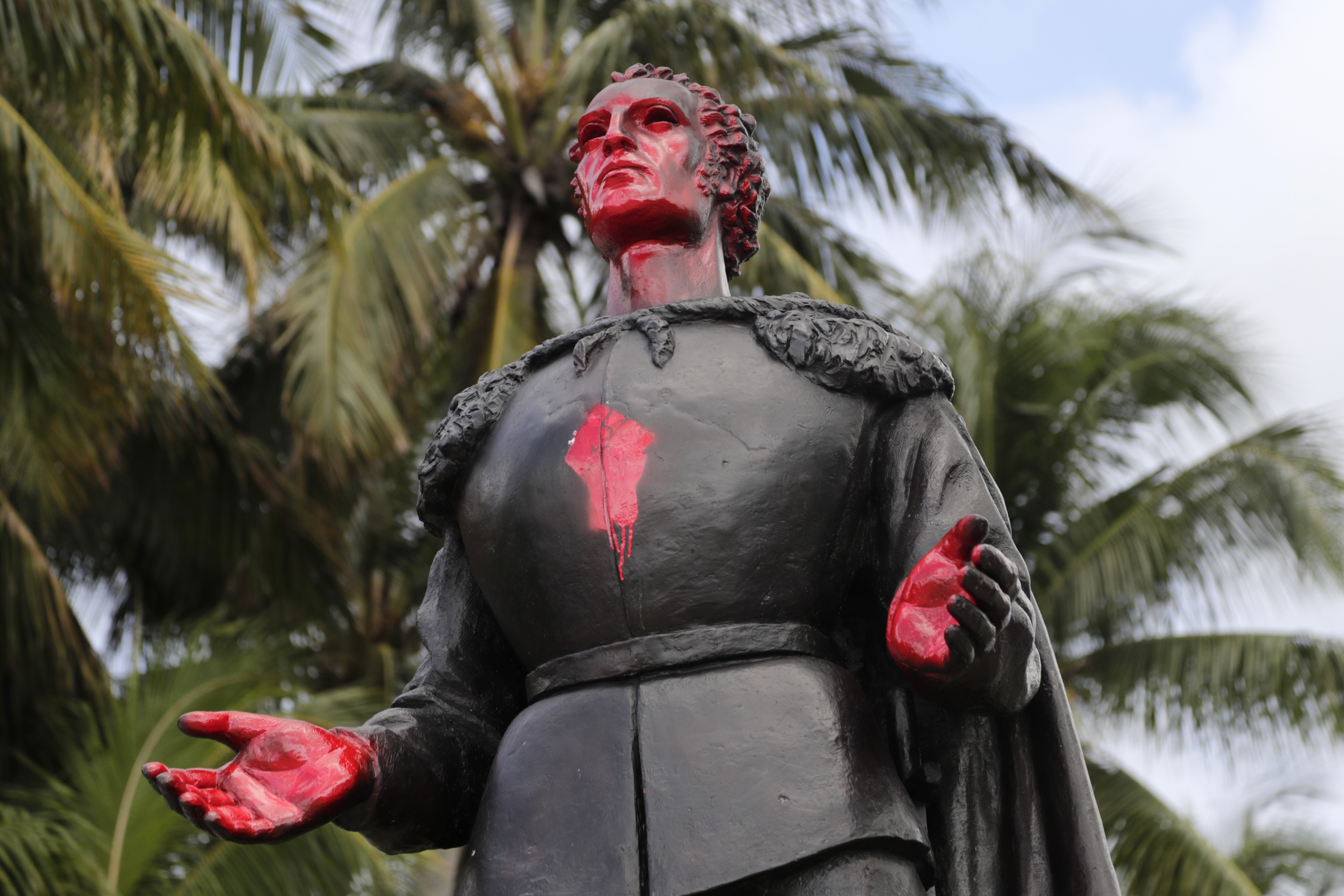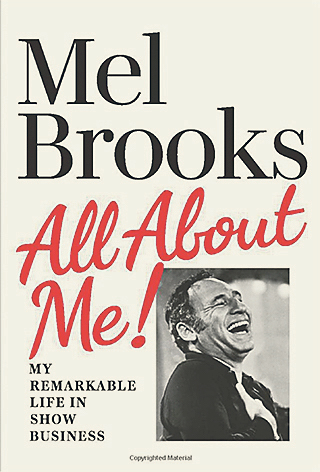Three
Reformers by Jacques Maritain
With
apologies to Fr. George Rutler, this book may as well have been written in Saami,
Xhosa or Old Church Slavonic for all that I was able to get out of it. It was Fr. Rutler, Catholic priest, sage and
prolific writer, who recommended this book.
We
have had Three Reformers in our home library for years. I read it at last to supplement my reading on
the Reformation (Will Durant’s Volume 6).
We have the book because some questions arose in our family concerning
the role of the Catholic Church in the Reformation. At that time, we attended the Church of Our
Saviour (38th and Park in New York City) where Fr. Rutler presided. When we directed our questions to Fr. Rutler,
he replied that we should get this book and read it. What
better recommendation could one have?
The
author is French philosopher and Catholic convert Jacques Maritain. The three
reformers are Martin Luther, Rene Descartes and Jean Jacques Rousseau. Maritain
sees these men as respectively, a reformer of religion, a reformer of
philosophy and a reformer of morality.
According to Maritain, they “dominate” and “govern all the problems
which torment [the modern world.]”
This
is a book of philosophy. I have a weak
mind when it comes to that subject which is probably why I have little interest
after a point. Except for occasional
phrases or short paragraphs, the content just didn’t resonate with me. For
example, the portion of the book on Descartes is divided into three sections
entitled ‘The Cartesian Revelation,’ ‘The Angel and Reason’ and ‘Continuation
and End.’ Even the section titles didn’t orient me so I started off with a
deficit. Here is a quote. “It
remains—and this is what concerns us—that the Cartesian ideas come from God,
like angelic ideas, not from objects.
Thus the human soul is not only subsistent as the ancients taught,
causing the body to exist with its own existence; it has, without the body, received direct
from God all the operative perfection which can befit it.”
Here
my story ends. I have preserved some
notes on this book for reference should my knack for philosophy one day
improve. For the philosophers and
deep-thinkers out there, you will want to read this book recommended as it is
by one of the respected Catholic priests of our day. If you do read it, please
give me your thoughts.
Characters
of the Reformation by Hillaire
Belloc
Hillaire Belloc is an entertaining writer. He is also a Catholic writer, but whether you
are Catholic, Protestant, Jew or Sufi, his religion shouldn’t be the reason you
choose to read him or not. He’s clever
and insightful and his writing is accessible.
Raised in England, he is the son of a French father and an English
mother. He is considered one of the
great writers of the Edwardian era along with George Bernard Shaw, G.K. Chesterton
and H.G. Wells.
In this short book, Belloc gives sketches of 23
different figures of the Reformation, largely concentrating on England. England! Belloc contends that had England not
succumbed fully to Protestantism, Catholicism would have prevailed and the
Reformation would have been reduced to individual pockets of Protestants confined
mostly to urban areas throughout Europe. Bear in mind that when Elizabeth
assumed the crown in 1558, Britain was still roughly two-thirds Catholic.
The introductory chapter is an overview and political
history of the Reformation. Belloc gives
the traditional reasons for the Reformation-- the rise of nationalism; the
corruptions, offenses and wealth of the Catholic Church; the growth of commerce
and the wealth generated by that growth;
the rise of a mercantile class;
the triumph of rationalism over scholasticism. According to Belloc, the
Reformation lasted 200 years and there are several stages. From 1517-1537 he
describes a period of mostly chaos. Next,
Calvin, through his writings and focus, imposed order on the development of
Protestant groups creating a more direct challenge to Catholicism and the institution
of the Catholic Church. In the second
half of the 1500s, there ensued hostilities, confiscation of Church property,
violence and warfare.
Belloc describes what occurred in Britain as “. . . a succession of incidents which marked each
of them a step more difficult to retrace.” That is, there was a series of random, feckless
actions that set into motion a political and religious tsunami that couldn’t be
stopped. Henry’s undisciplined nature
caused him to lust after Anne Boleyn. Anne
Boleyn demanded marriage. Henry then demanded
divorce. Thomas Cromwell, who Belloc
describes as creating “the breach” between England and Rome, egged Henry on in
the King’s provocation of the Pope. Cromwell
was also responsible for the pillage and theft of Church property. And so it went.
We progress through Elizabeth I who is the mere “puppet”
of William Cecil according to Belloc. (He
further humiliates the great queen describing her as “dried up and wizened,
with a skin like parchment, already old but looking a far older ruin than she
was.…”) Belloc takes us through the
reign of James I of England (James VI of Scotland) and the ensuing struggles
among the various developing nations of Europe. We meet the Emperor Ferdinand
II, Cardinal Richelieu, Gustavus Adolphus, Oliver Cromwell and others ending
with Louis XIV. Belloc also gives
helpful sketches of philosophers Rene Descartes who is credited with giving us
Rationalism and Blaise Pascal who gave us Emotionalism. Both men greatly influenced the culture of
the ensuing years.
This is an excellent book of the over 100 that
Hillaire Belloc has written. I have
taken abundant notes on each of the twenty-three historical figures. I make frequent reference to my notes and the
original text as I continue my reading on the Reformation and its aftermath.
Philip
II by Henry
Kamen
Philip
II of Spain lived from 1527-1598 and he was the son of Charles V, Holy Roman
Emperor and Isabel of Portugal. He was a central figure representing Catholic
Europe in the post-Reformation years. Unfortunately,
this author failed, in my opinion, to bring enthusiasm and imagination to the
life and times of Philip II.
Philip
II is not a necessarily disagreeable figure but I never grew to like him. Not particularly handsome in my estimation,
he wasn’t particularly dynamic either. The author made occasional attempts to
counter the image of Philip as serious and one dimensional, but the king
emerged nonetheless as uncharismatic, unimaginative and aloof. Though adequately educated, scholarship was
not his strong suit. As a young prince he enjoyed hunting and
jousting. He spoke only Castilian and a
bit of Latin and Catalan despite the far-flung empire over which he reigned. He did eventually amass impressive libraries
and art collections, and he developed an interest in architecture and painting
and gardens when, through his princely travels, he was exposed to the Renaissance
culture of the rest of Europe.
Steadfastly
Catholic, Philip was a conscientious king who took his role as monarch
seriously. He
reigned over a vast empire that eventually included the entire Iberian
peninsula, the Netherlands, the Kingdom of Naples, the duchy of Milan, Sicily,
Sardinia and the Philippines. He had an alliance with the Holy Roman Empire,
the Emperor being first an uncle and following him, a nephew. Philip II had dominion over the Portuguese
possessions in Asia and South America, and, don’t forget, Spain had an entire
colonial empire in Mexico and South America along with parts of the North
American continent. Consistent with the era and the rest of Europe he ruled
over a minimally united kingdom and had to answer to local officials, governors
and nobles. He dealt with numerous, agencies, committees, counselors,
secretaries and advisors. He reigned
through letters, reports, directives and spent so much time at his desk that he
earned the occasional sobriquet ‘paper king.’
He had traveled in his youth but Philip never left the Iberian peninsula
after 1559.
He
was an apparently faithful husband to four wives, all of whom pre-deceased him.
He had a short first marriage to Maria of Portugal. She bore him a troubled son, Don Carlos, who
died at the age of 23. In Philip’s later
years, he became particularly close to his daughters Isabel and Catalina whose
mother was the French Elizabeth of Valois daughter of Catherine de Medici. His successor was his only surviving son
Philip III, born of his fourth and last marriage to Anna of Austria. His second marriage to the English Queen Mary
Tudor was not depicted in this book as the tragic affair it is sometimes made
out to be. The author suggests that Philip was respectful of Mary and English
ways and that he may have actually had some affection for her.
Unfortunately,
the book doesn’t become really engaging until well into the middle, along about
page 178 which begins Chapter 7, ‘The World of Philip II.’ The author finally gives the reader some
context for Philip II’s reign. We begin
to understand more about the culture of Spain and its role in Europe at the
time. He describes the king’s day-to-day routines, his various residences, his
family life. The author does give a good
discussion of how Philip II governed. There is a fair amount of information on
Philip’s handling of the Moriscos and Conversos, the Inquisition, the Escobedo
Affair, the continuous unrest in the Netherlands, affairs with England and the
defeat of the Spanish Armada.
With
all that, the book comes up short in my estimation. There are some good maps, a substantial
photograph section and a very helpful chart of the royal family and lines of
succession.


















